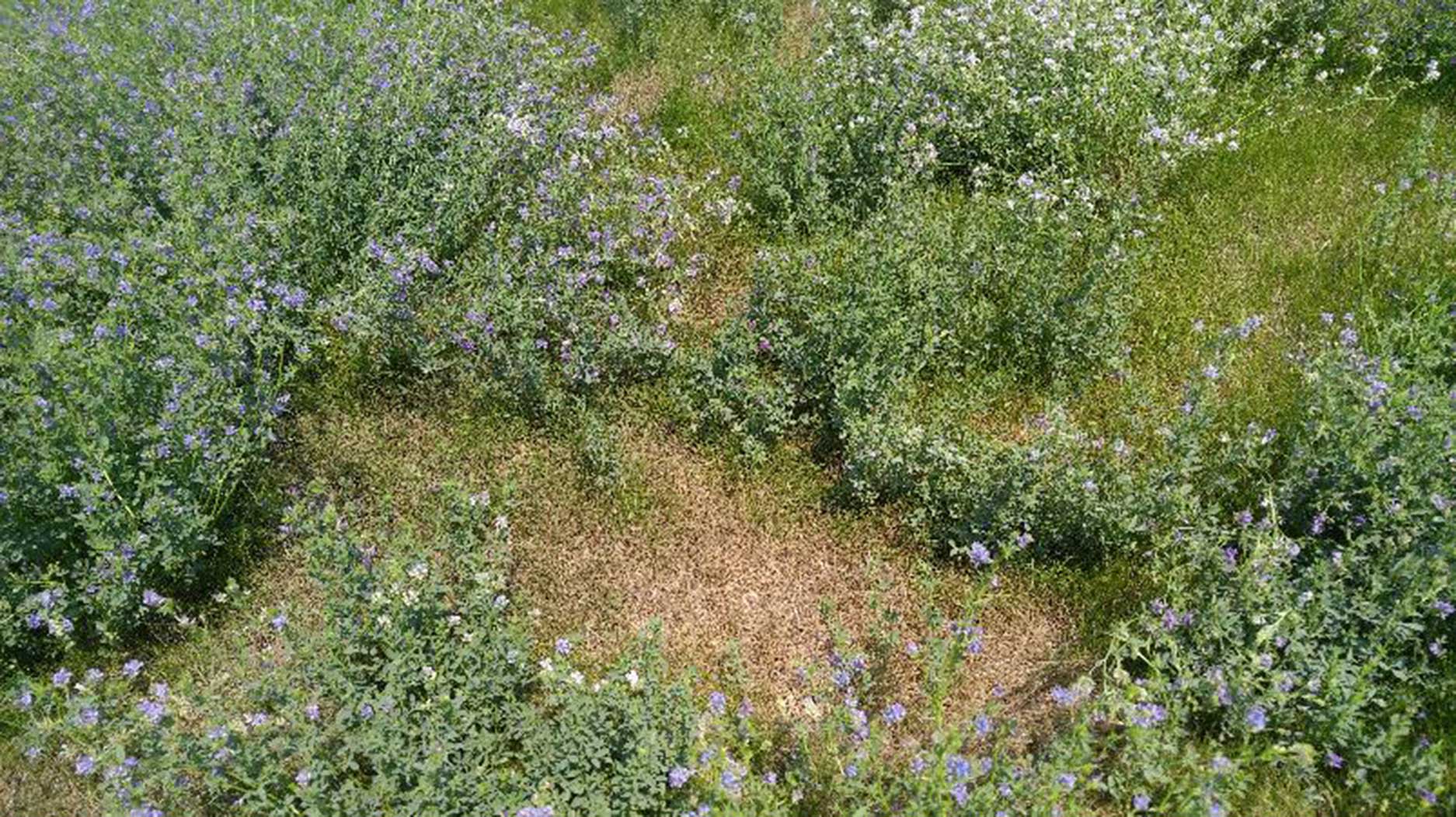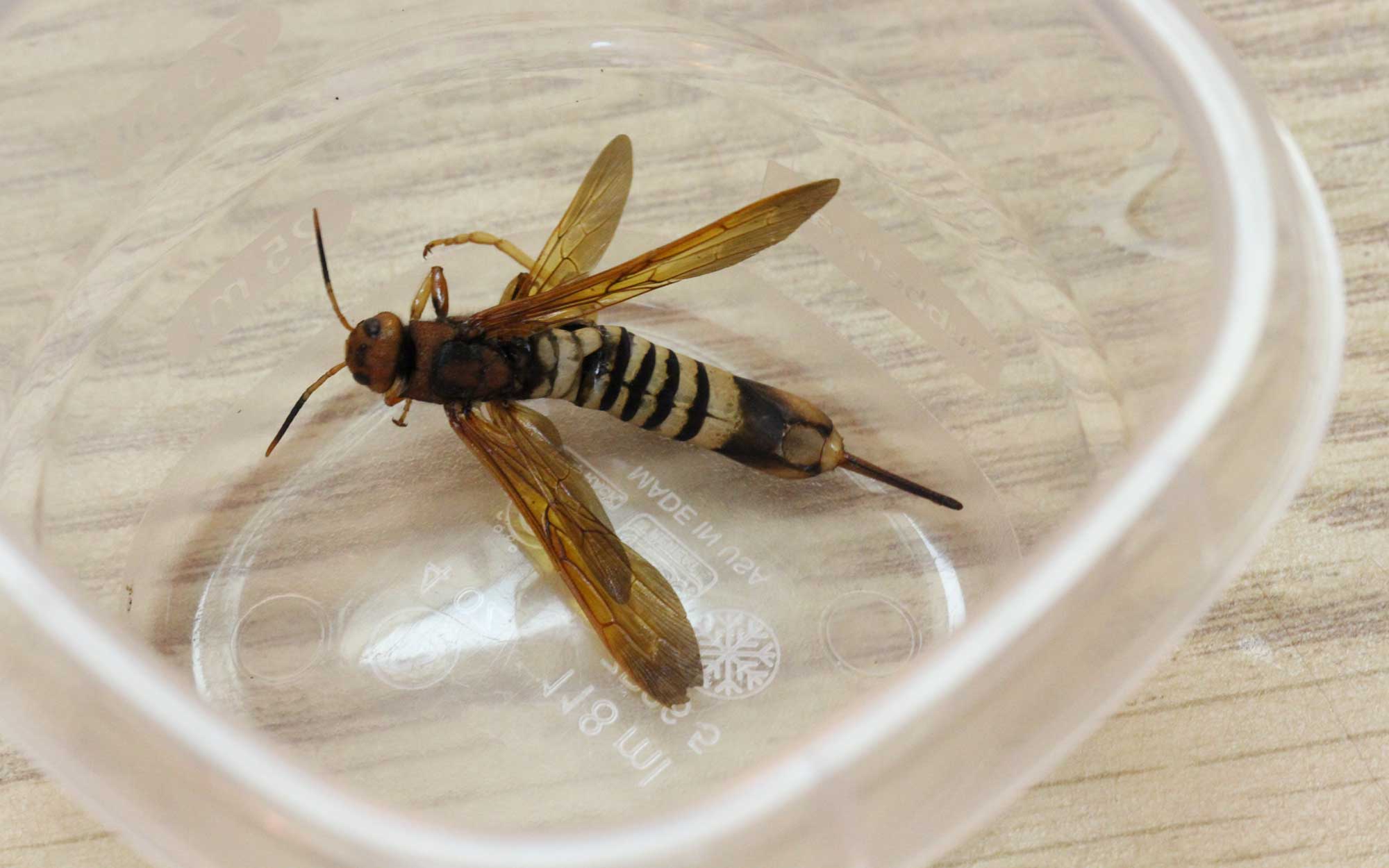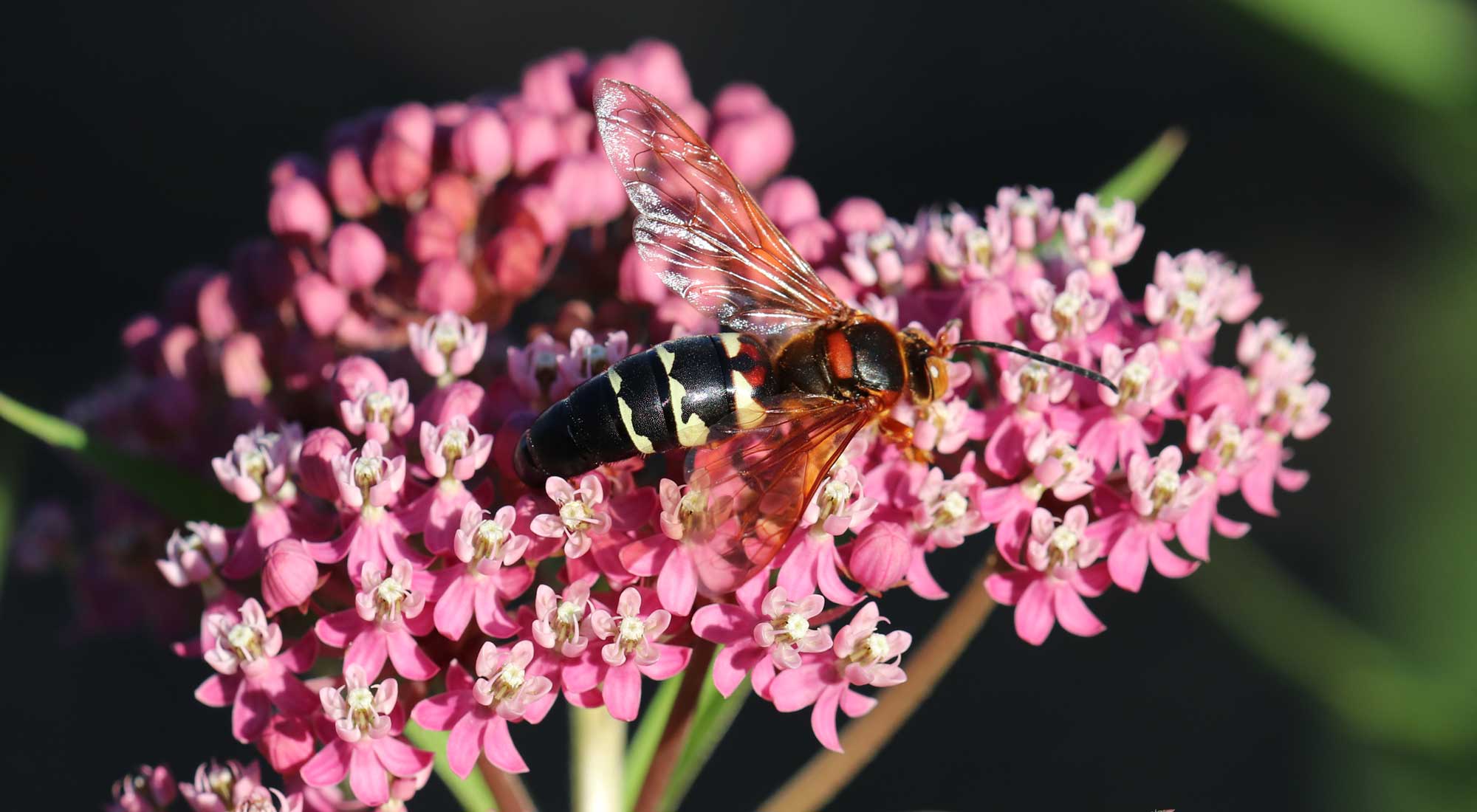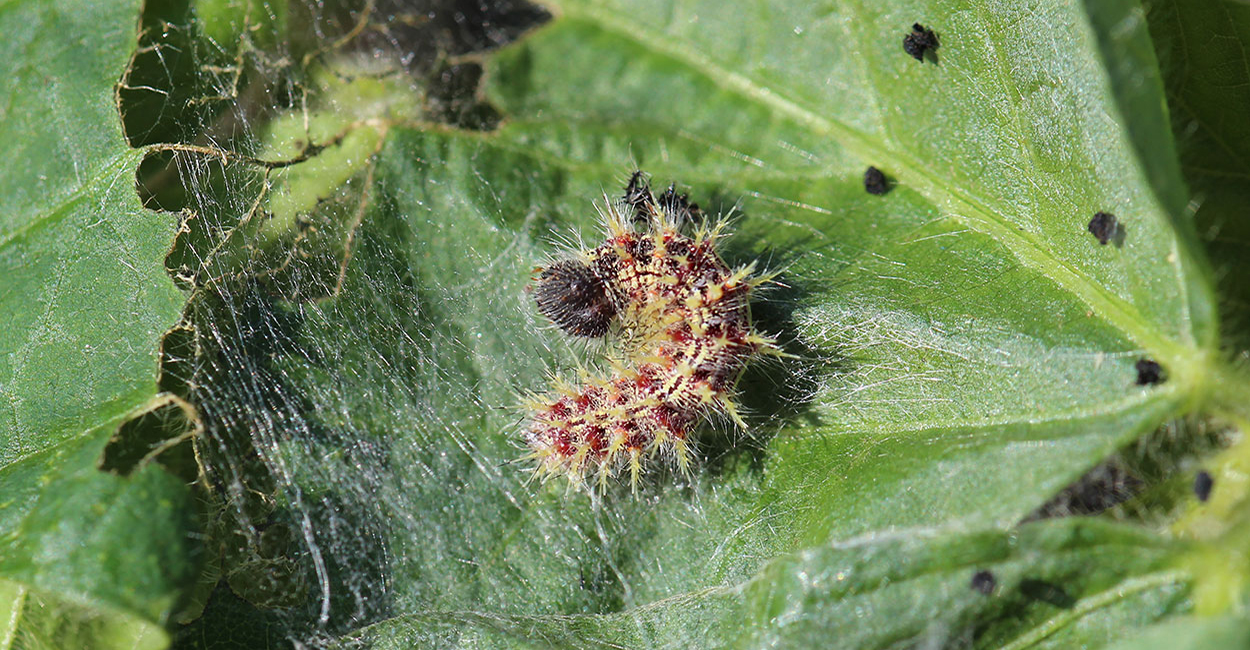Search

Barley Variety Trial Results
In 2019, Barley trial was planted at one location in South Dakota.

Feed & Water Testing Laboratories
A partial listing of available feed testing laboratories.

Cover Crop Considerations for 2020
Producers across South Dakota are harvesting small grains. These crops provide an excellent window for adding a cover crop into your rotation.

Start Scouting for Grasshopper Activity in Crops and Grasslands
Most of Eastern South Dakota is experiencing very low grasshopper populations. However, this is not the case for many areas in Central and Western South Dakota.

Huge Wasps on My Tree! No, Those Still Aren’t Murder Hornets.
Another insect that has been mistaken for the Asian giant hornet (also known by its media-popularized name of ‘murder hornet’) is the horntail wasp. Horntail wasps are wood-boring insects that are harmless to humans, as they do not have venom and cannot sting.

Giant Wasps Are Invading My Yard! No, They Still Aren’t Murder Hornets.
Every year we receive multiple reports of giant wasps that seem to invade yards and gardens. These wasps aren’t the same as the so-called "murder hornets," but are actually cicada killer wasps.

Soybean Gall Midge in South Dakota
Fact sheet about soybean gall midge in South Dakota

Tips for Purchasing and Preparing Turkey, Ham and Prime Rib
From turkey to prime rib, let’s look at some things to consider before you sink your teeth into your next holiday meal.

Thistle Caterpillars Observed on Canada Thistle
Although thistle caterpillars are normally first observed in July or August, it is possible for them to appear earlier if weather conditions are favorable. While these caterpillars are generally not present in high numbers, they can cause severe defoliation.

Qualifying Livestock Forage Program Applications
As drought conditions worsen, livestock producers will find feed assistance from the Livestock Forage Program administered by the U.S. Department of Agriculture Farm Service Agency. Learn how to qualify, apply and certify your application for assistance.